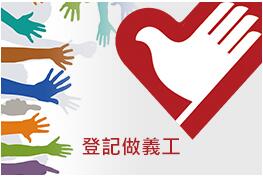About Rare DiseasesRare Disease Wiki

Neurofibromatosis (NF) - Type 1
Name of disease:
Neurofibromatosis (NF) - Type 1ICD-10 diagnosis code:
Q85.01Causes:
About 50% of Neurofibromatosis - Type 1 (NF1) are sporadic, which means they occur in people with no history of the disorder in their family. It is caused by the mutation in NF1 gene on chromosome 17.
Mode of inheritance:
Neurofibromatosis Type 1cases can be sporadic (50%) or are inherited from parents in autosomal dominant pattern.
Prevalence:
1/ 2,500 – 1/ 3,000Diagnosis:
The diagnosis of NF1 is mainly based on clinical findings and signs and symptoms of patients Molecular genetic testing for mutations in NF1 gene can be used for diagnosis before the onset of symptoms
Age of onset:
At any age, more common in neonatalCommon signs and symptoms:
Flat, light brown spots on the skin Freckling, especially in the underarm and groin Tiny bumps on the iris of the eye Soft, pea-sized bumps on or under the skin Larger than average head size Learning disabilities Seizures Optic gliomas High blood pressure Short stature Skeletal abnormalities such as scoliosis
Available treatments (medicinal and non-medicinal):
Surgery and laser treatment may help remove patients’ tumors. Radiation therapy or chemotherapy may also help treat tumors related to NF1. Also, new drug Koselugo is approved in 2020 to stop the growth of tumor.
Disease management tips:
The management of NF1 requires an experienced, multidisciplinary approach to deal with specific issues. Patients may develop tumors on the nerves of the eyes, which may affect vision or even cause blindness. Therefore, regular monitoring and including frequent eye exams and annual ophthalmologic exams are important. Patients may show reduced bone density, curvature of spine (scoliosis) and short stature, which have been associated with the decreased activated vitamin D levels. Vitamin D supplement or even growth hormone therapy may be considered for stature, while bracing or surgery may be considered for scoliosis.Children patients who suffer from cognitive and learning deficits should receive academic support, and speech, occupational and physical therapy shall be provided if they face the problem of speech and balance.
References:
https://rarediseases.org/rare-diseases/neurofibromatosis-type-1-nf1/ https://www.chop.edu/conditions-diseases/neurofibromatosis-type-1
Other useful websites:
Patient Groups: Hong Kong Neurofibromatosis Associationhttps://hknfa.org.hk Neurofibromatosis Networkhttps://www.nfnetwork.org/pages-world-resources/hong-kong-neurofibromatosis-association/



